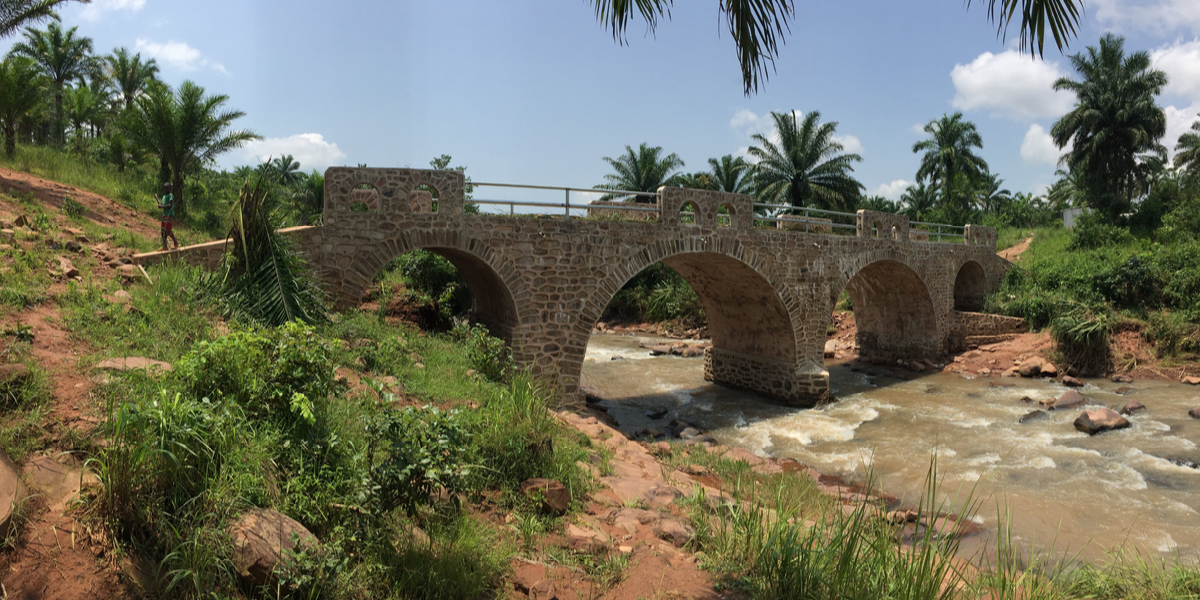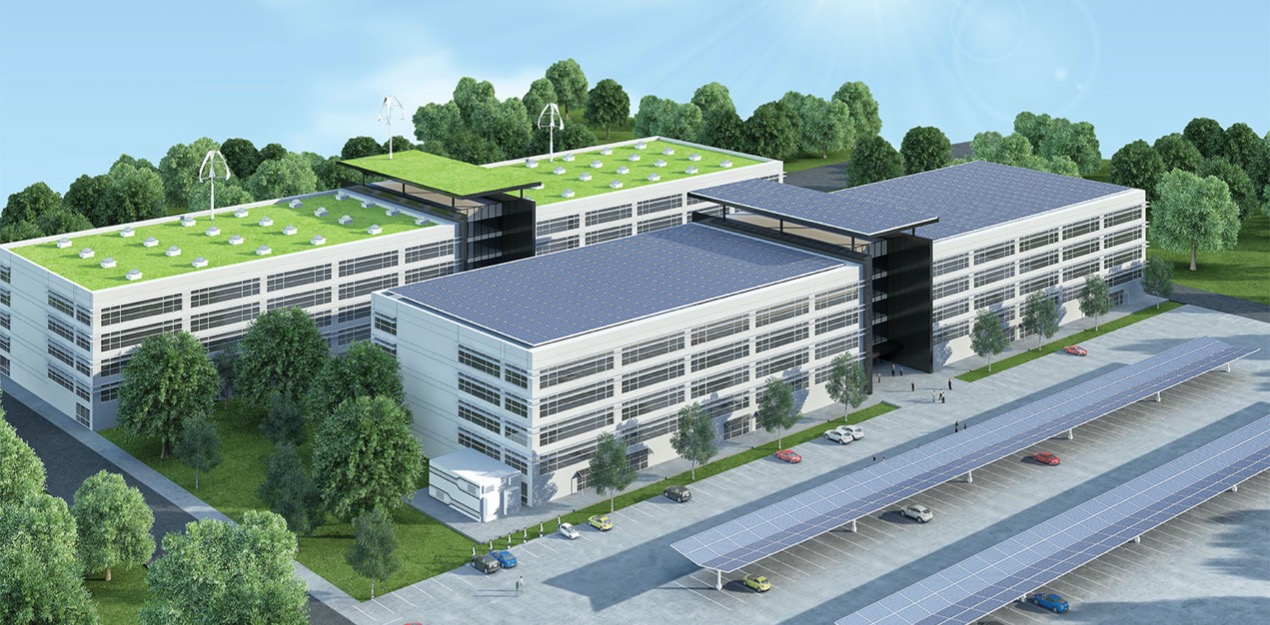AWARD YEAR
2023
CATEGORY
Community
GOALS
Decent Work & Economic Growth, Industry, Innovation & Infrastructure, Sustainable Cities & Communities
KEYWORDS
infrastructure, sustainable development, rural development, bridge , masonry
COUNTRY
United Rep. of Tanzania
DESIGNED BY
Enabel - Belgian Development Agency
WEBSITE
https://www.enabel.be/stone-arch-bridges-in-tanzania/
Back to the future
Bridges built using the tried and tested stone arch technology cost 80% less and avoid 75% of carbon
How does it work?
A bridge without any steel elements. The materials used are stones, sand and cement. During construction a formwork is also needed to build the arch. The formwork is made of wood and can be reused for up to 10 arches.
The stone arch bridges have a higher load capacity, longer service life and lower maintenance cost when compared to concrete bridges.
It is a labour intensive method, creating local jobs and upskilling local masons. They can act as small scale contractors themselves, as there is no need to bring in big contractors from big cities.
The community can contribute manual labour by excavating the foundation pits and collecting the stones. This creates ownership and ensure longevity of the bridge, rather than with a pure government intervention where the community will be reluctant to carry out small maintenance without compensation from the government.
Why is it needed?
Instead of going for the commonplace steel and concrete technologies to build bridges, we looked at the context of Kigoma, Tanzania in which we are working. Many people look for a job, labour is affordable, natural stone is readily available in the hilly landscape, while industrial materials have to be hauled across the country and become very costly.
Stone arches have been built for 1000s of years and some of those early bridges are still in active use today! The technology was abandoned in the West when steel and concrete become affordable during the industrial revolution.
In light of the climate crisis, any technology that can avoid 75% of carbon emitted during construction on average is viable. On top of that strong point, the technology reduces total costs by up to 80% compared to concrete bridges in regions where industrial materials are expensive relative to labour costs. Which is the case in Kigoma, Tanzania.
How does it improve life?
A bridge connects the community to services and opportunities. The most impact is seen in access to non-agricultural jobs without having to permanently move to an urban center and adding strain on the rural to urban migration. Other important areas are access to healthcare, education and markets. Access to each of those obviously has a great impact on quality of life for communities who otherwise have to wade a dangerous river to reach them.
The alternative pathway to reach similar impact, is to build a school, health center and market in each of the remote villages, which is a much more expensive alternative to execute and a lot more difficult to ensure quality services in such a dispersed network.





